Tri-Fractional Operations: How to Add and Subtract Three Fractions with Different Denominators
When faced with the task of adding or subtracting three fractions with different denominators, it might seem like a complex puzzle. However, with a systematic approach, this puzzle can be solved with ease.

In this guide, we’ll walk you through the steps to add or subtract three fractions, even when they have different denominators.
Step-by-step Guide to Add and Subtract Three Fractions with Different Denominators:
1. Basics of Fractions:
Recall that a fraction consists of a numerator (top number) and a denominator (bottom number). The denominator indicates the total number of equal parts, while the numerator tells us how many of those parts we’re considering.
2. Identifying Different Denominators:
If the fractions you’re working with don’t have the same denominator, they have different denominators. For instance, in the fractions \(\frac{1}{2}\), \(\frac{3}{4}\), and \(\frac{5}{6}\), the denominators 2, 4, and 6 are all different.
3. Finding the Least Common Denominator (LCD):
The LCD is the smallest number into which all the denominators can divide. This ensures that the fractions are of comparable sizes.
4. Adjusting Each Fraction to the LCD:
Multiply the numerator and denominator of each fraction by the necessary factor to achieve the LCD.
5. Performing the Operation:
With the same denominator in place, either add or subtract the numerators of the fractions to get the final result.
Example 1 (Addition):
Add \(\frac{1}{3}\), \(\frac{1}{4}\), and \(\frac{1}{5}\).
Solution:
The LCD for 3, 4, and 5 is 60. Adjusting the fractions:
– \(\frac{1}{3}\) becomes \(\frac{20}{60}\).
– \(\frac{1}{4}\) becomes \(\frac{15}{60}\).
– \(\frac{1}{5}\) becomes \(\frac{12}{60}\).
Adding them up, the result is \(\frac{47}{60}\).
The Absolute Best Book for 5th Grade Students
Example 2 (Subtraction):
Subtract \(\frac{1}{6}\) and \(\frac{1}{8}\) from \(\frac{1}{4}\).
Solution:
The LCD for 6, 8, and 4 is 24. Adjusting the fractions:
– \(\frac{1}{6}\) becomes \(\frac{4}{24}\).
– \(\frac{1}{8}\) becomes \(\frac{3}{24}\).
– \(\frac{1}{4}\) becomes \(\frac{6}{24}\).
Subtracting, the result is \(\frac{6 – 4 – 3}{24} = \(\frac{-1}{24}\).
Practice Questions:
1. Add \(\frac{1}{7}\), \(\frac{2}{9}\), and \(\frac{3}{11}\).
2. Subtract \(\frac{2}{8}\) and \(\frac{3}{12}\) from \(\frac{1}{6}\).
3. Add \(\frac{1}{10}\), \(\frac{2}{15}\), and \(\frac{3}{20}\).
A Perfect Book for Grade 5 Math Word Problems!

Answers:
1. \(\frac{293}{693}\)
2. \(\frac{1}{24}\)
3. \(\frac{11}{30}\)
The Best Math Books for Elementary Students
Related to This Article
More math articles
- What Level of Maths Is Tested on the PSAT/NMSQT®?
- A Comprehensive Collection of Free PERT Math Practice Tests
- Proportional Predictions: How to Use Proportions to Estimate Population Size
- A Comprehensive Guide to the Properties of Continuity in Functions
- Geometry Puzzle – Challenge 73
- 8th Grade MCA Math Worksheets: FREE & Printable
- Top 5 ACT Math Study Guides
- The Ultimate OAR Math Course (+FREE Worksheets)
- How to Find the Volume and Surface Area of Rectangular Prisms? (+FREE Worksheet!)
- Why Math Matters in Your Future IT Career?
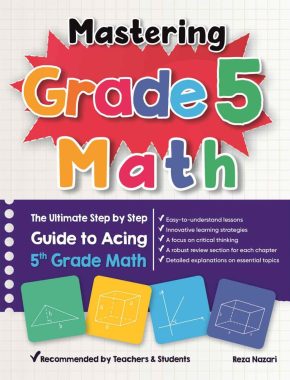

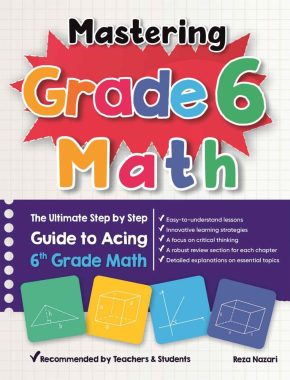
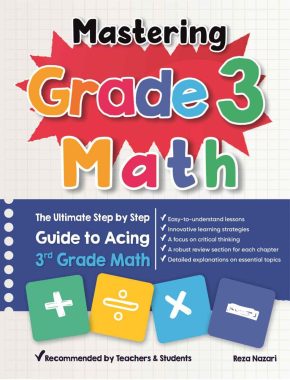
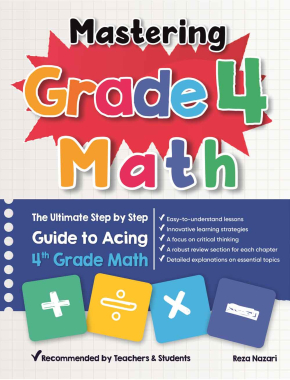


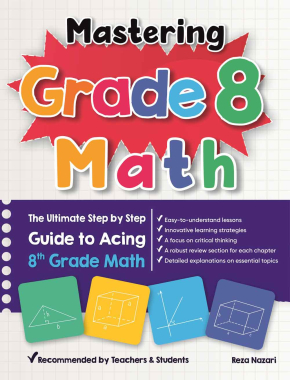
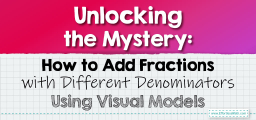
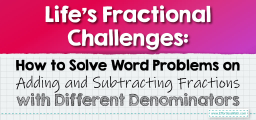
What people say about "Tri-Fractional Operations: How to Add and Subtract Three Fractions with Different Denominators - Effortless Math: We Help Students Learn to LOVE Mathematics"?
No one replied yet.